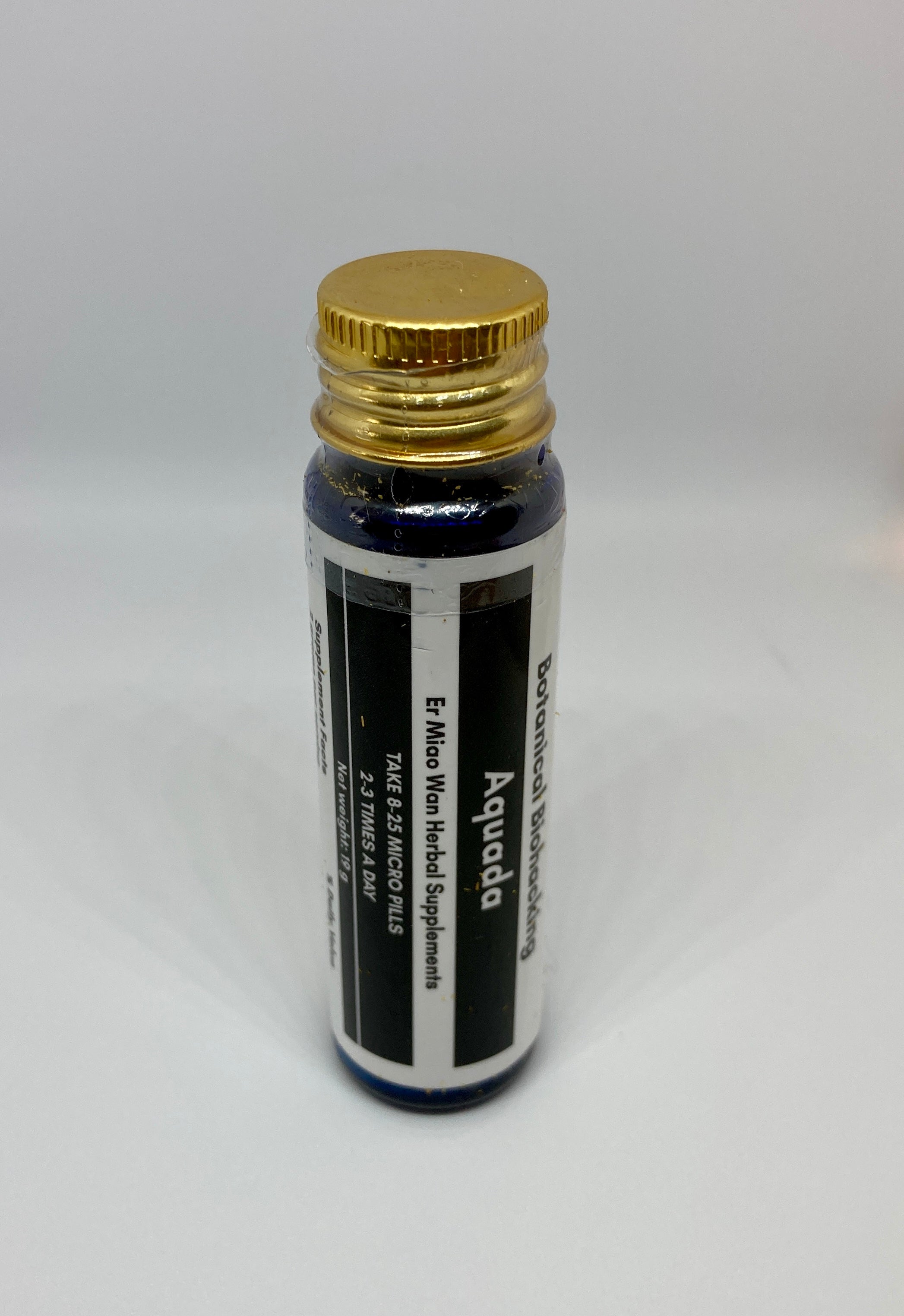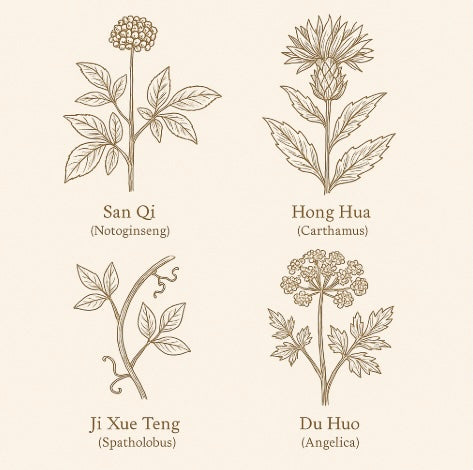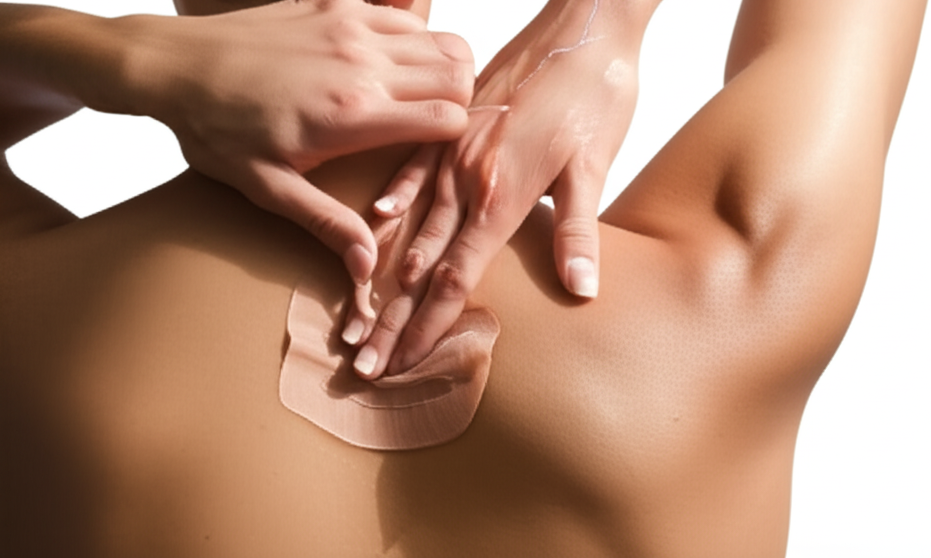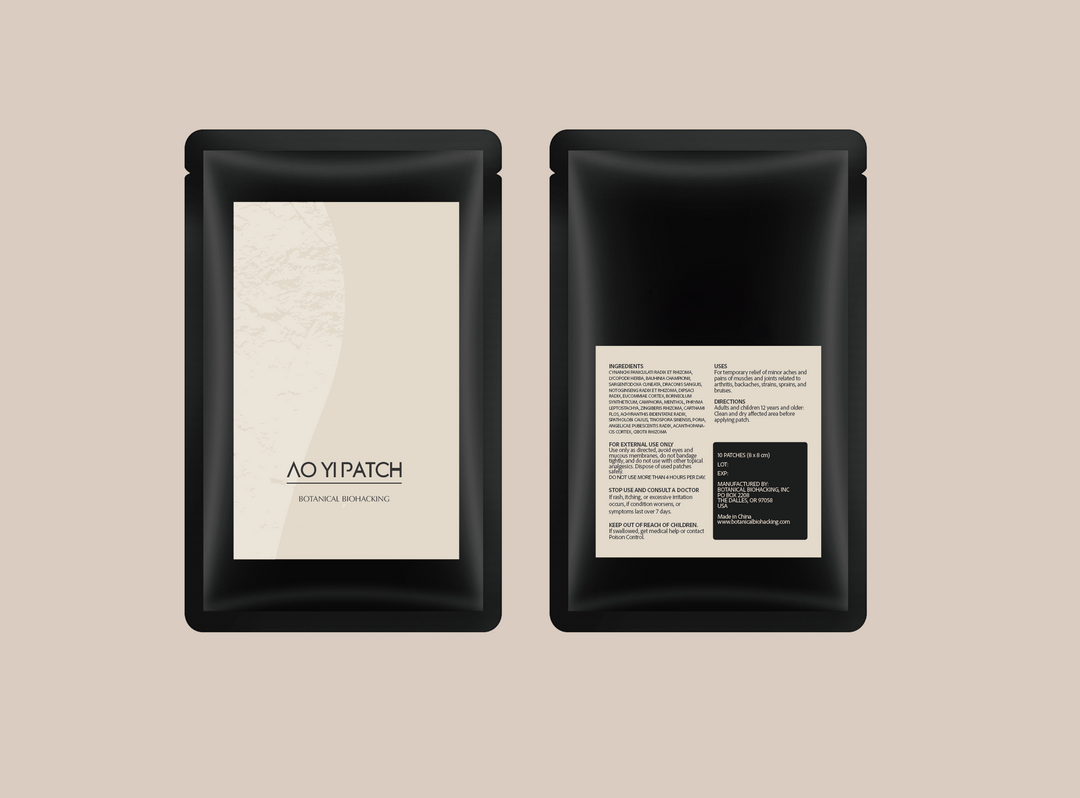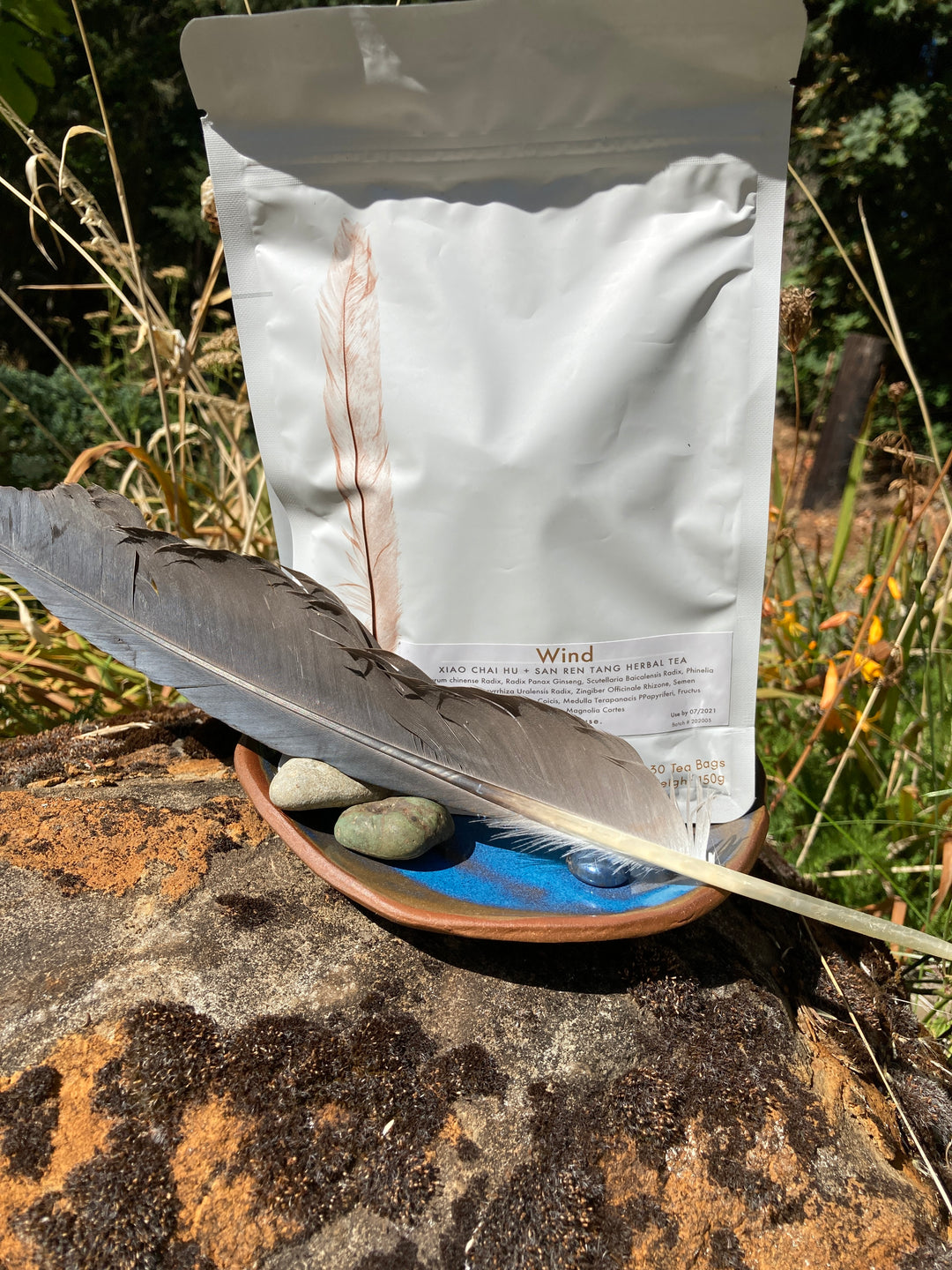18 Powerful Herbs That Fight Pain Naturally
18 Powerful Herbs That Fight Pain Naturally (And How They Work Together)
What if the most effective pain relief formula wasn't created in a laboratory, but perfected over thousands of years of careful observation and refinement?
Last week, we explored how your body's acupuncture points can be activated to trigger natural pain relief. Today, we're diving into the specific herbal compounds that can make this activation incredibly powerful—and why the ancient art of combining these herbs creates effects that no single ingredient could achieve alone.
You're about to discover 18 remarkable herbs that have been helping people overcome pain for millennia, and more importantly, why they work exponentially better when combined in precise traditional formulations.
The Synergy Secret: Why Herbal Combinations Beat Isolated Compounds
Before we explore individual herbs, let's address something that might surprise you: in Traditional Chinese Medicine, no herb is ever used alone for complex conditions like chronic pain.
This isn't because individual herbs are weak—quite the opposite. It's because master herbalists discovered something that modern pharmaceutical companies are just beginning to understand: certain combinations of natural compounds create synergistic effects that are far more powerful than the sum of their parts.
Think of it like a symphony orchestra. A single violin is beautiful, but when combined with other instruments in precise harmony, the result is something transcendent. The same principle applies to herbal medicine—each herb contributes its unique "note" to create a comprehensive therapeutic effect.
The Blood-Moving Powerhouses
Traditional Chinese Medicine recognizes that most chronic pain involves some degree of blood stagnation—areas where circulation has become sluggish, preventing fresh nutrients from reaching tissues and waste products from being cleared away. Several herbs in advanced formulations specifically address this fundamental issue:
San Qi (Notoginseng Root) - The Master of Blood Harmony Perhaps no herb is more revered for pain relief than San Qi. This remarkable root doesn't just improve circulation—it intelligently regulates blood flow, stopping bleeding when necessary while promoting circulation where stagnation exists. Modern research confirms it contains compounds called saponins that reduce inflammation and protect blood vessels. San Qi is particularly powerful for joint pain and sports injuries.
Hong Hua (Carthamus Flower) - The Stagnation Breaker These vibrant red flowers have been called "the herb that breaks through everything" for good reason. Hong Hua specifically targets areas of blood stasis and stagnation, making it invaluable for conditions like arthritis where circulation has become compromised. Research shows it contains compounds that inhibit inflammatory enzymes while promoting healthy blood flow.
Ji Xue Teng (Spatholobus Stem) - The Channel Opener This vine-like herb is specifically prized for its ability to "nourish blood and relax sinews." It's particularly effective for joint stiffness and muscular tension, working to restore flexibility while providing sustained pain relief. Studies indicate it contains flavonoids that protect joint tissue and reduce inflammatory markers.
Hong Teng (Sargentodoxa) - The Deep Circulation Enhancer When pain runs deep into muscles and joints, Hong Teng is the herb that can reach it. This powerful circulation enhancer is particularly effective for lower back pain and deep muscular aches. It works by dilating blood vessels and improving microcirculation to areas that other treatments can't reach effectively.
The Wind-Dampness Dispellers
Traditional Chinese Medicine views many types of chronic pain as "wind-dampness"—a poetic way of describing conditions like arthritis where inflammation, stiffness, and aching seem to move around the body like weather patterns. Specific herbs target this pattern:
Du Huo (Angelica Root) - The Lower Body Specialist Du Huo is particularly effective for pain that affects the lower back, hips, and legs. It's considered the premier herb for conditions that worsen in cold, damp weather—exactly the kind of deep, aching pain that many people experience with arthritis or old injuries. Modern studies show it contains compounds that reduce inflammatory cytokines and protect cartilage.
Qing Feng Teng (Tinospora) - The Channel Unblocker This climbing vine specializes in "unblocking channels and dispelling wind-dampness." It's particularly valuable for joint pain that moves around the body or stiffness that's worse in the morning. Research indicates it has significant anti-inflammatory and analgesic properties.
Wu Jia Pi (Acanthopanax Bark) - The Strength Restorer Beyond just relieving pain, Wu Jia Pi actually strengthens sinews and bones while dispelling wind-dampness. This makes it invaluable for people whose pain is accompanied by weakness or instability. Studies show it can help maintain bone density while reducing inflammatory pain.
The Foundation Strengtheners
Pain often occurs when the body's foundational systems become weakened. Traditional Chinese Medicine recognizes that truly effective pain relief must address these underlying weaknesses:
Xu Duan (Dipsacus Root) - The Sinew and Bone Strengthener This remarkable herb simultaneously relieves pain and strengthens the underlying structures that support your joints and spine. Xu Duan is particularly valuable for back pain, knee problems, and any condition where structural weakness contributes to ongoing discomfort. Research shows it promotes bone formation while reducing inflammation.
Du Zhong (Eucommia Bark) - The Back Pain Specialist Du Zhong has earned its reputation as perhaps the finest herb for lower back pain. It strengthens the kidneys and liver systems (which in Traditional Chinese Medicine govern bone and tendon health) while providing direct pain relief. Modern studies confirm it has significant anti-inflammatory effects and may help maintain healthy blood pressure.
Gou Ji (Cibotium Rhizome) - The Joint Protector This fern-like plant specializes in strengthening bones and expelling wind-dampness simultaneously. It's particularly effective for knee pain and arthritis, working to both relieve current symptoms and prevent further joint deterioration. Studies suggest it may help maintain cartilage health and reduce joint inflammation.
Niu Xi (Achyranthes Root) - The Downward Guide Niu Xi has a unique property—it guides other herbs downward in the body, making it invaluable for lower back and leg pain. It also strengthens sinews and bones while invigorating blood circulation. This makes it an essential component in formulations designed to treat lower body pain.
The Circulation and Energy Enhancers
Effective pain relief often requires improving overall energy circulation and removing blockages:
Fu Ling (Poria) - The Foundation Stabilizer While not directly pain-relieving, Fu Ling plays a crucial supporting role by strengthening digestive function and calming the spirit. This ensures that other herbs in the formula are properly absorbed and that stress doesn't interfere with healing. Research shows it has anti-inflammatory properties and supports immune function.
Gan Jiang (Ginger Rhizome) - The Yang Restorer This warming herb ensures that circulation reaches even the coldest, most stagnant areas of the body. Gan Jiang is particularly important for people whose pain worsens in cold weather or who tend to feel cold overall. Modern research confirms its powerful anti-inflammatory effects.
Bing Pian (Borneol) - The Pathway Opener This crystalline compound has the remarkable ability to "open orifices and awaken the spirit." In practical terms, it helps other herbs penetrate more deeply into tissues and can provide rapid pain relief. It's particularly effective for sharp, acute pain.
The Specialized Support Players
Several additional herbs provide targeted support for specific aspects of pain and healing:
Bai Qian (Cynanchum Root) - The Qi Redirector This herb specializes in redirecting rebellious qi (energy) downward, making it valuable when pain involves tension or spasms that seem to "rise up" in the body.
She Cao (Lycopodium) - The Heat Clearer When pain involves inflammation and heat, She Cao provides cooling, detoxifying effects while reducing swelling.
Jin Qiao Jiu (Bauhinia) - The Local Circulation Enhancer This herb specifically targets local circulation while providing direct pain relief, making it valuable for localized areas of chronic pain.
Xue Jie (Dragon's Blood) - The Tissue Healer This resin promotes healing and stops bleeding while invigorating circulation—perfect for injuries that haven't healed properly.
Xia Ku Cao (Phryma) - The Liver Fire Clearer When pain involves tension and stress, this herb helps clear liver fire and dissipate nodules of tension.
The Magic of Precise Combinations
Now here's where things get truly remarkable: these 18 herbs don't just work individually—they're carefully balanced to create specific therapeutic effects:
Synergistic Enhancement: Certain herbs amplify the effects of others. For example, Hong Hua (Carthamus) makes San Qi (Notoginseng) more effective at moving blood, while Du Huo guides the combination specifically to areas of wind-dampness.
Balanced Action: Some herbs provide rapid relief while others work slowly to address root causes. The combination ensures both immediate comfort and long-term healing.
Comprehensive Coverage: Different herbs target different aspects of pain—inflammation, circulation, structural weakness, energy blockages—creating a complete therapeutic approach.
Safety Enhancement: Traditional combinations include herbs that prevent side effects and enhance absorption, making the overall formula both more effective and safer than isolated compounds.
Why This Matters for Your Pain Relief
Understanding these herbs and their interactions reveals why truly effective natural pain relief requires more than just "natural ingredients"—it requires the wisdom of traditional formulation principles combined with high-quality, properly prepared herbs.
When you see a pain relief product that contains 18+ traditional herbs in precise combinations, you're looking at thousands of years of refinement and testing. These aren't random combinations—they're sophisticated formulations designed to create specific therapeutic effects that no single ingredient could achieve.
The most advanced modern applications of this ancient wisdom combine these traditional formulations with contemporary delivery methods, allowing you to access the full power of these synergistic combinations through convenient topical applications that target acupuncture points directly.
Your Journey to Comprehensive Pain Relief
Next week, we'll explore why this traditional approach offers something that conventional medicine often misses: the ability to address root causes rather than just symptoms. You'll discover why masking pain signals might actually be working against your body's natural healing processes, and how supporting your body's own repair mechanisms creates lasting relief rather than temporary fixes.
The herbs we've discussed today represent nature's most sophisticated approach to pain relief—an approach that treats your body as an integrated system rather than a collection of isolated symptoms.
Ready to experience what thousands of years of herbal wisdom can do for your pain? The ancient masters who developed these formulations understood something profound: your body wants to heal itself, and sometimes it just needs the right natural support to remember how.
Which of these herbs sounds most relevant to your specific type of pain? Have you ever experienced the difference between single-ingredient treatments and comprehensive herbal formulations? Share your experiences in the comments below.
Next Week: "The Problem with Quick-Fix Pain Solutions (And What Actually Works Long-Term)" - Discover why masking pain might be sabotaging your healing and how to support your body's natural repair processes instead.


